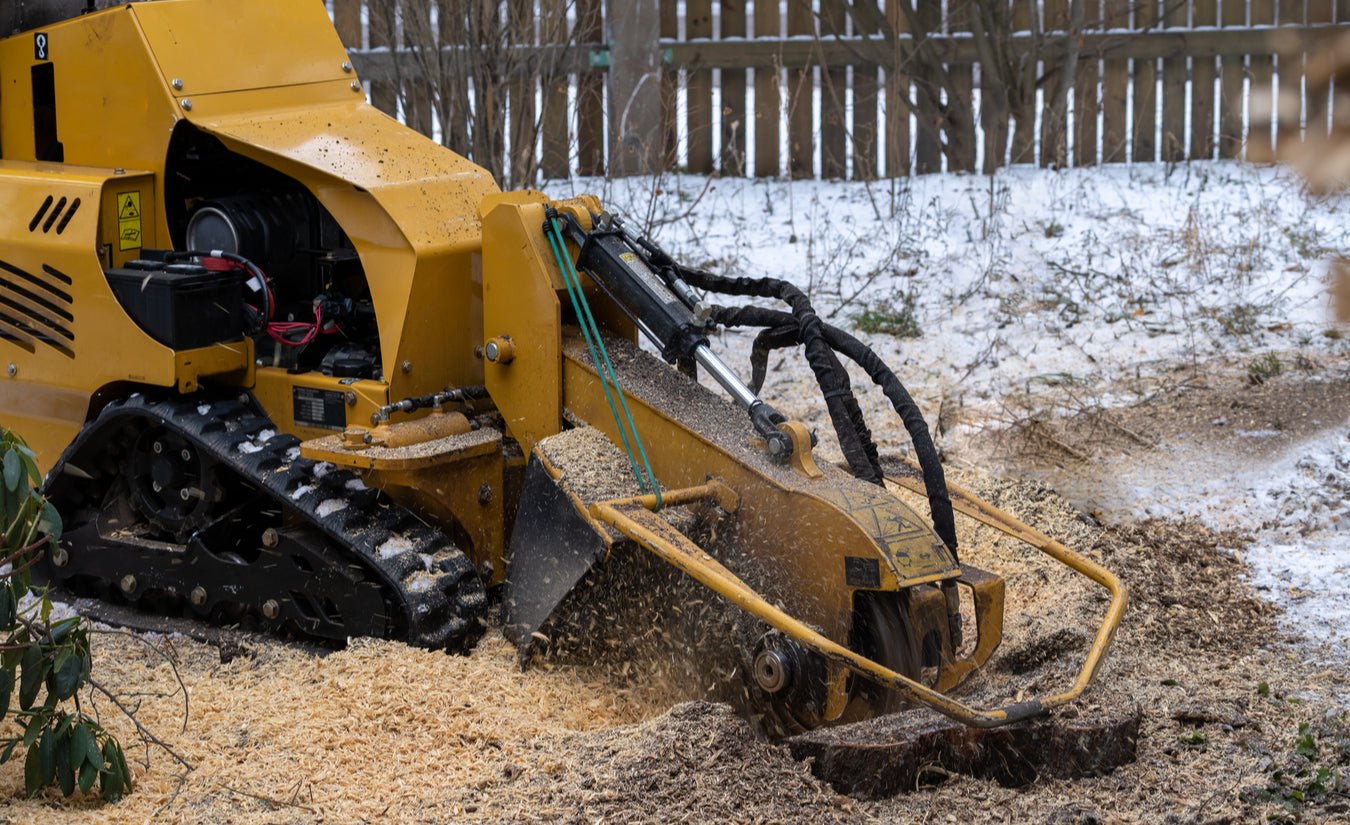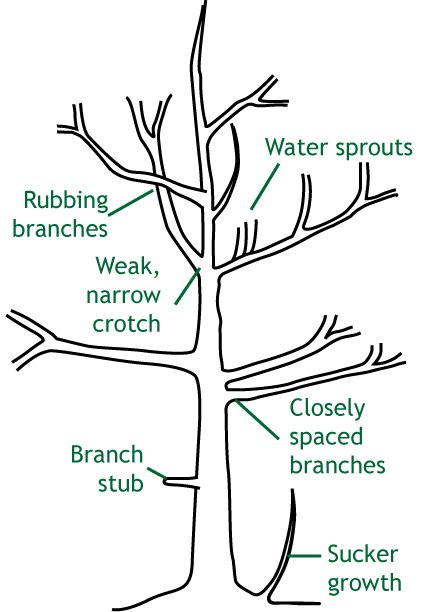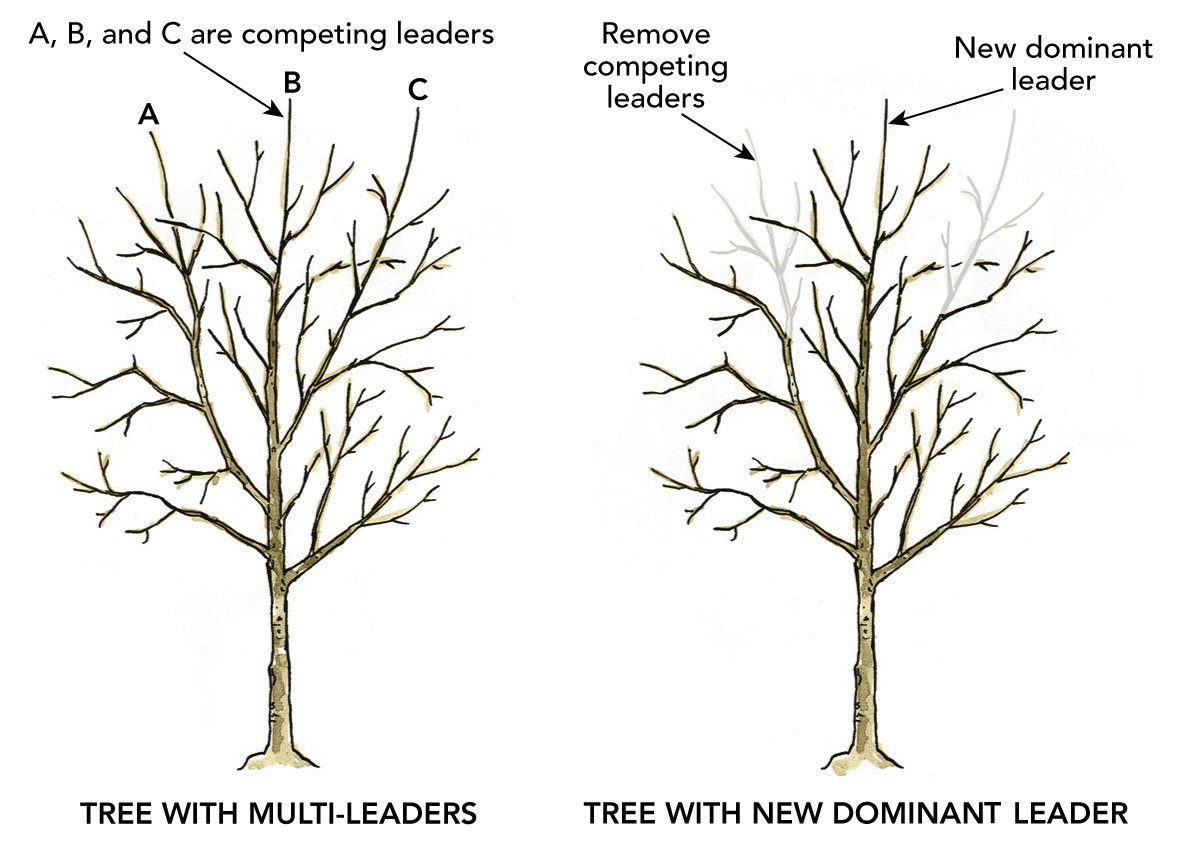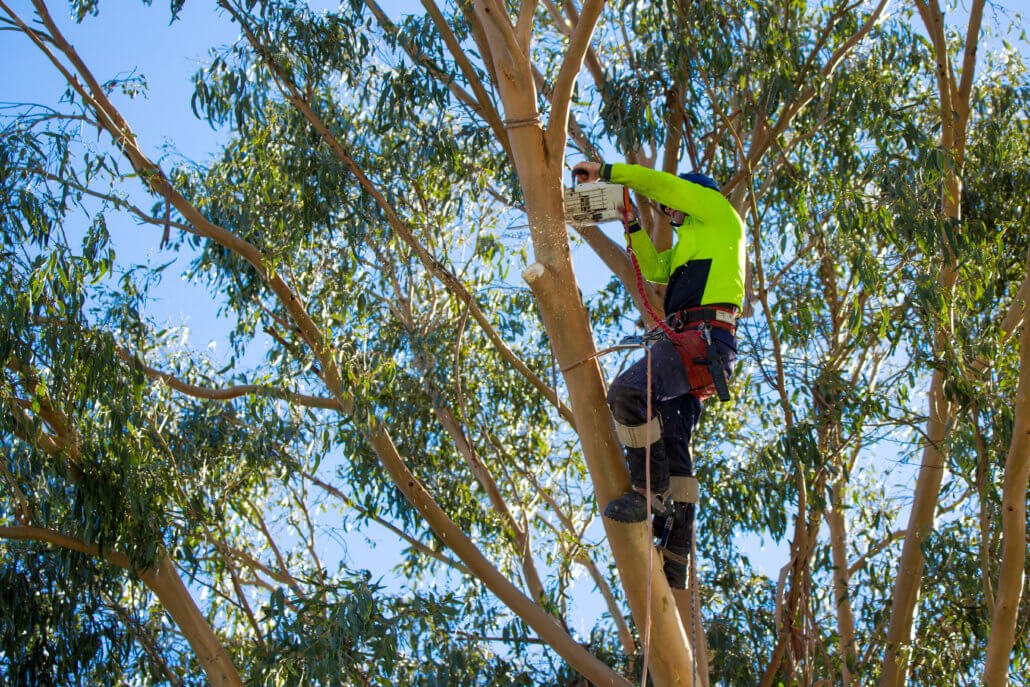[ad_1]
Stump Grinding is a great option for homeowners who are experiencing a tree stump problem. It’s a much more affordable alternative to stump removal, and will enhance the look of your landscape. It’s an environmentally friendly alternative to tree stump removal that doesn’t leave behind dangerous stumps. If you’re wondering why you should consider stump grinding, read on to learn more about its advantages.
Stump grinding is a common problem for property owners
Stumps are an eyesore on any property and can be a hassle to remove. Luckily, a stump grinding service can help you avoid this problem. This service is not only cost-effective, but is also gentle on your property. Depending on the size of your stump, a stump grinder may take anywhere from 15 minutes to two hours.
When you have a stump on your property, it can pose a safety hazard and detract from your beautiful lawn. It can also reduce the value of your property. Getting your stumps ground can prevent a costly damage control situation.
It is a cost-effective alternative to tree stump removal
Many homeowners do not have the time or equipment to remove a tree stump. Luckily, there are cheaper alternatives. Stump grinding is one of them. A stump grinder is less expensive than stump removal, and you won’t have to pay a professional to do the work.
While this method may seem like a less expensive alternative, it is not without its risks. For starters, it requires the use of heavy machinery and is physically demanding. It can also be risky if you are not properly trained. Another downside is that the process may take longer than anticipated.
Tree stumps can pose a number of hazards, but stump grinding can help prevent many of them. For instance, if the stump is infected, it can spread to nearby trees and cause damage. That’s why it’s better to use stump grinding rather than tree stump removal. Aside from saving time and money, stump grinding can also improve your yard’s aesthetic appeal. A stump can detract from the appearance of your yard and can even displease prospective buyers.
It improves the appearance of your landscape
Stump grinding is the process of removing trees and stumps from your landscape. While tree stumps are generally harmless, the appearance of your home can be significantly improved through stump removal. Moreover, removing tree stumps will prevent new tree sprouts from growing in your yard. These sprouts can deprive the soil of moisture and nutrients.
Stump grinding also provides mulch to your landscape and prevents the growth of weeds and other pests. It also allows you to reuse the sawdust and wood chips, which are otherwise disposed of. Lastly, stump grinding eliminates the threat of tree pests, which can invade other parts of your home and yard.
It can cause sprouting
Stump grinding is a common process that is done after a tree has been removed. This process makes the stump less accessible for sprouting. As a result, the stump will stop producing sprouts. This process will also deplete the roots’ food supply. If you want to avoid this problem, here are some tips.
After stump grinding, be careful not to damage surrounding areas. Stump grinding can leave mulch and roots in the ground. Those roots can sprout and cause fungus growth in the wood. Trees can grow back through these roots if you do not cut them down. You should also be wary of trees that are close to structures. You don’t want to damage the foundations of buildings or underground utilities. You may not be able to see all the hidden hazards before you begin.
If you want to remove your stump without the risk of sprouting, there are several alternatives to stump grinding. You can try chemical methods like glyphosate. These methods are less laborious and effective than grinding. When using herbicides, you should apply them on all surfaces of the stump. For better results, apply herbicide in late winter or early spring.
It can cause injury
The operation of a stump grinder can be dangerous, as it’s often noisy and may throw small rocks or sharp pieces of wood. You should wear hearing protection and safety goggles to protect your eyes from flying debris. If possible, use padded gloves. Stump grinders should be used by someone who is experienced and trained.
Do-it-yourself stump grinding is not recommended, as modern grinders can send huge chunks of wood flying. Additionally, the equipment can cause damage to your property and even injure you. Hiring a tree service technician will help you avoid these hazards and ensure that the job is done correctly.
[ad_2]




